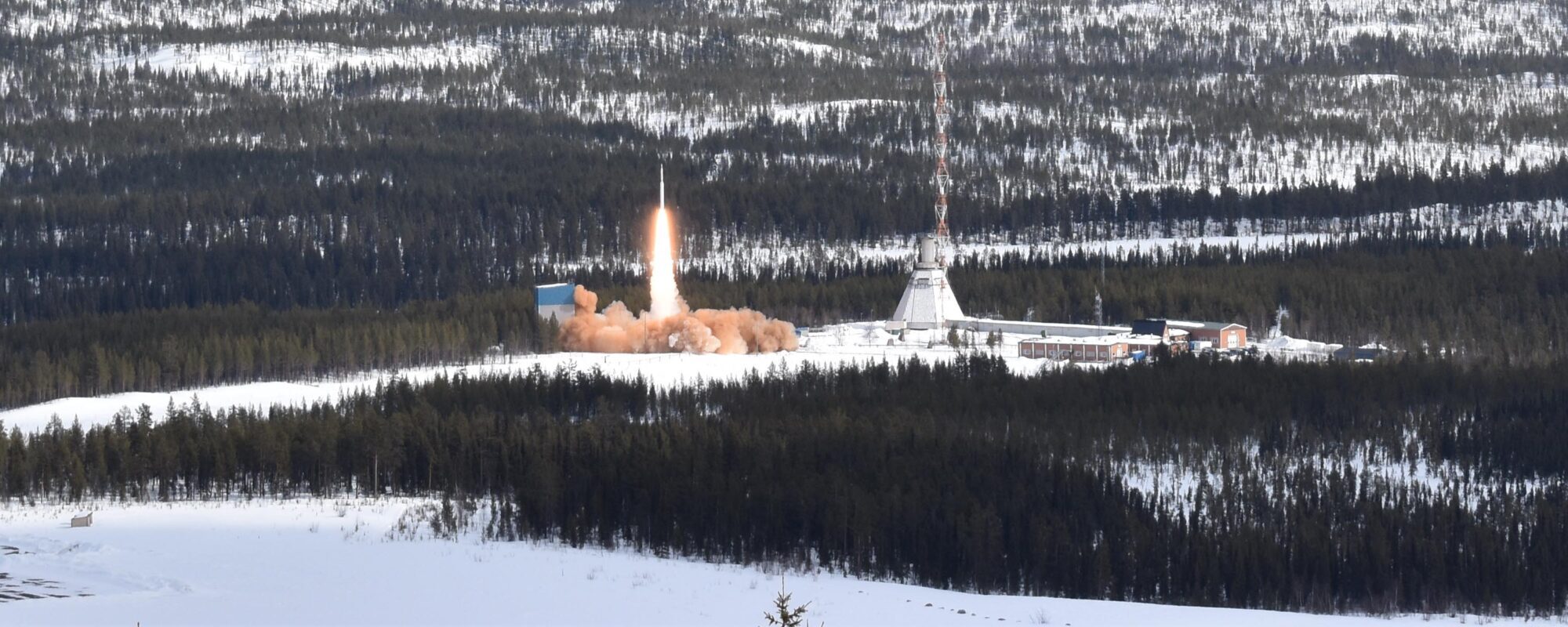The European Space Agency (ESA), has established the ExoMars Programme to investigate the Martian environment and to demonstrate new technologies, paving the way for a future Mars sample return mission in the 2020’s. Two probes will be launched in 2016 and 2022. The main objectives of the 2016 are to search for evidence of methane and other trace atmospheric gases that could be signatures of active biological or geological processes and to test key entry, descent and landing technologies in preparation for ESA’s contribution to subsequent missions to Mars. The 2022 mission will land a rover on Mars to search for evidence of past or present life and demonstrate of key technologies in preparation for a future Mars Sample Return mission.
ESA required analysis of the dynamic stability of the ExoMars 2016 probe in the transonic regime by matching wind tunnel model tests using computational fluid dynamics and prediction of the stability of the full size probe during the mission. The project also required predictions the wake structure behind the probe to aid analysis of the parachute deployment.
Probes of the shapes used for all Mars missions are dynamically unstable at low supersonic and transonic speeds, exhibiting increasing pitch oscillation amplitudes. It is important to understand the degree of instability. Vorticity initially simulated the oscillatory performance of wind tunnel models using the OpenFOAM code and obtained generally good matches to the test data for frequency and damping. We then used the model to predict the Mars data for the probe aerodynamic database.
The form of the probe wake is influences the parachute deployment and inflation. We have therefore simulated the wake structure and produced maps of the flow to support parachute analysis.


